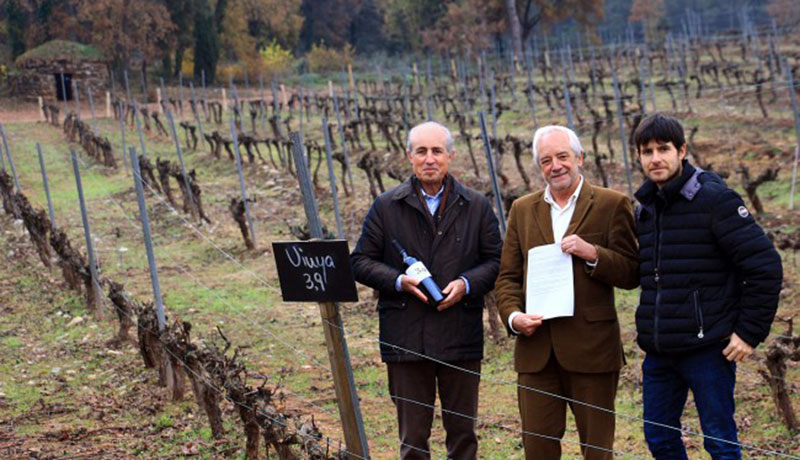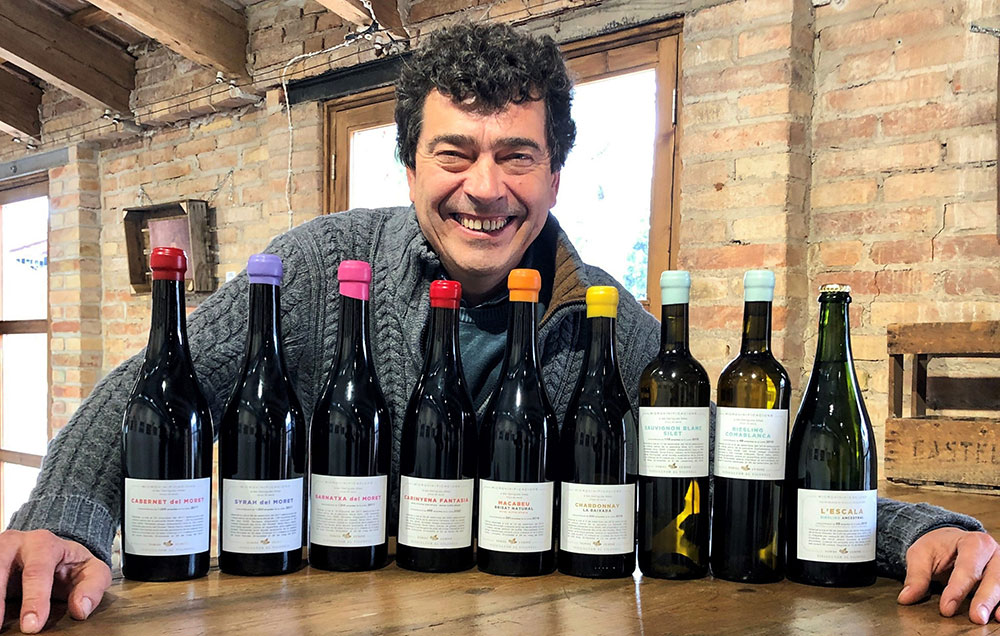It has just been announced that Abadal’s 3.9 is be the newest Vi de Finca in Catalonia as certified by INCAVI, the Catalan wine authority. This now brings the total to nine of these certified vineyards produced by six separate cellars.
As a quick review, this system of classifying wines a “vi de finca” in Catalonia is essentially an effort to create a “cru” system as you find in France for qualifying specific vineyards that reach what is seen to be a higher quality of wine. It can of course seem a bit curious as there’s usually no history about a certain vineyard that would make it seem to warrant fame as you’d see in say, Côte d’Or, Burgundy. But this is the point as Catalonia hasn’t had the documented history you’d need for such endeavors and so they’re having to build it from the ground up. An interesting pursuit to say the least.
This specific vineyard of 6.1ha from Abadal is in DO Pla de Bages and is the second one to be named there after Arnau Oller. I have to admit that I’m not terribly crazy about numbers as a name for wines as they’re impossible to remember. In this case it makes a reference being Zone 3, Plot 9 (polígon 3, parcel·la 9 in Catalan) which still doesn’t do much to sell me as it’s doesn’t have a nice historical name such as Mas de la Rosa or Teixar.
Much like the Arnau Oller, this is a vineyard with foreign grapes, specifically Cabernet Sauvignon and Syrah. Now, this means that six out of nine of the qualified vineyards are all from French varieties. I suppose that the argument goes: if they can qualify for this top level, then they must be doing something right.
On this note, the wine that emerges from this vineyard (whether they use all or part of the grapes in a given year is up to them) is quite good. You can read my tasting of the 3.9 2011 that I did some weeks back and see that they are able to make a lovely bottle out of this vineyard and at a quite decent price. Hopefully I’ll get the chance to taste more vintages in the future.
Regardless of my quibbles, it is good to see energy continue behind this classification as the parallel Vino de Pago from Spain seems to have stalled out as it was quickly filled in by wines that many people hadn’t heard of and is seen as little more than marketing. The opposite is true in the Catalan classification as there are some of the region’s top wines in there, including one that was the best wine of 2016.



Good comment about the Vino de Pago system.
Many thanks. Vino de Pago is wonky. Not sure how much or even if any of a future it might have.